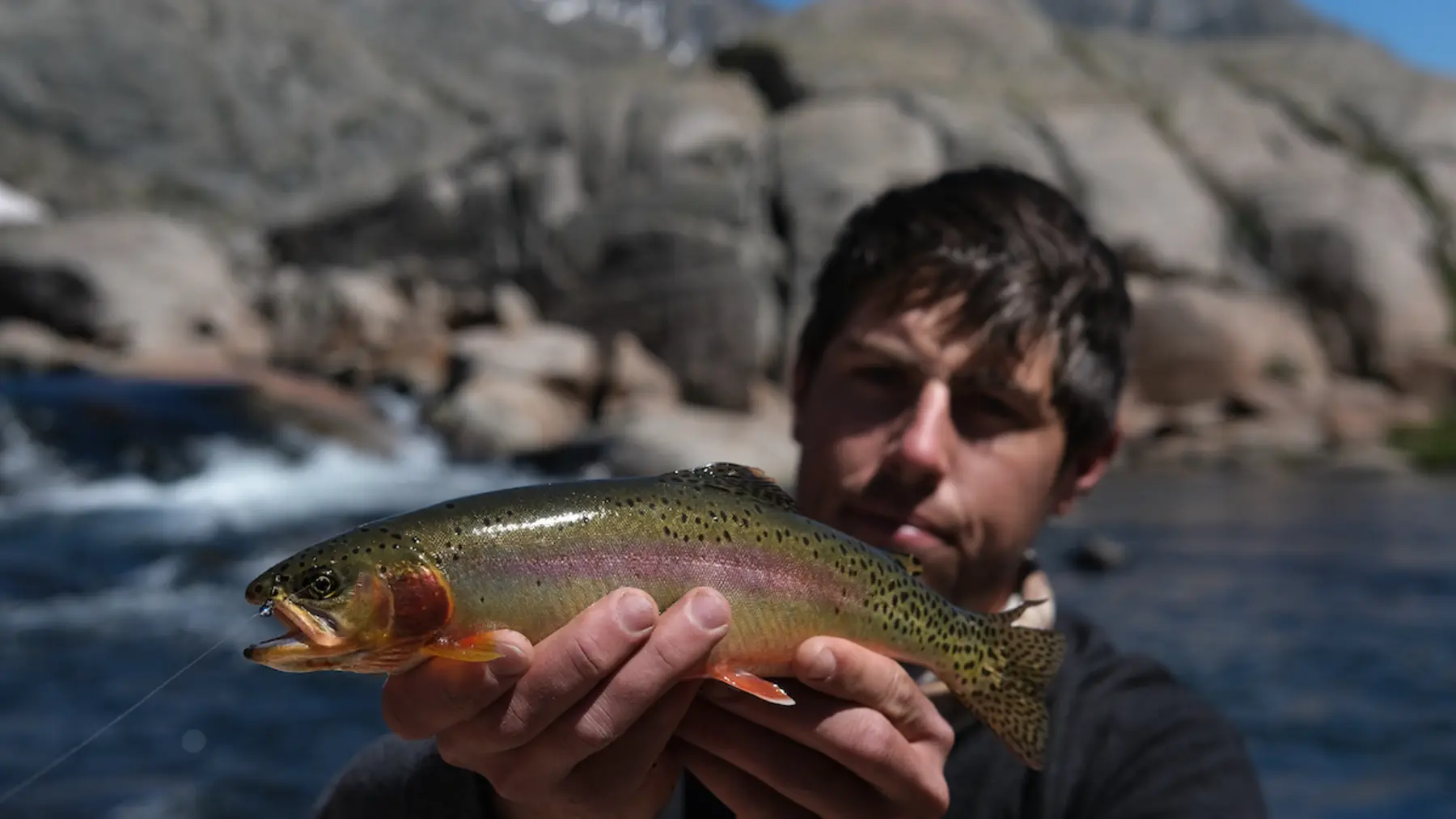As summer approaches and mountain lakes shed their winter ice, anglers can venture to elevated locations for the thrill of catching alpine trout. In the high-altitude regions of the Western United States, where some of the world’s most productive trout fisheries are found, adapting fishing tactics is essential. Here are key lessons for a successful high-mountain trout expedition:
- Nature of the Beast:
- Understand that high-mountain trout, such as cutthroat, golden, rainbow, brook trout, and arctic grayling, are often stocked or introduced by various means.
- State agencies provide detailed information on lakes and stocking practices.
- Catching High-Mountain Trout:
- Tailor your approach based on fishing pressure and food availability.
- For fly anglers, small dry flies, nymphs, and streamers are effective.
- Spin anglers can use Panther Martin or Roostertail spinners for aggressive fish.
- Be adaptable, cycling through flies, lures, and techniques to determine what the fish want.
- Be Stealthy:
- High-altitude lakes are clear and calm, making fish wary of disturbances.
- Wear camo, avoid rapid movements, and approach cautiously to prevent spooking trout.
- Employ patient casting techniques to minimize disturbance.
- Explore the Water Column:
- Adjust your approach based on the season and fish behavior.
- During the early season, fish may be shallow and aggressive, while later in the summer, they may move to deeper water.
- Experiment with different depths and weights to locate fish.

- Don’t Dismiss Small Creeks:
- Small tributaries can be overlooked but often hold abundant trout.
- The inflow and outflow areas of alpine lakes, fed by small creeks, are prime fishing spots.
- How to Cook High-Mountain Trout:
- Acknowledge that most alpine trout were stocked for consumption.
- Cook trout soon after catching for the best flavor.
- Options include caveman style (spit-roasting), wrapping in foil for campfire cooking, or pan-frying fillets.
- On the Conservation Soapbox:
- Respect fragile alpine ecosystems.
- Minimize impact by avoiding unnecessary foliage damage, packing out trash, and responsibly managing fires.
- Be mindful of the environmental impact, especially in areas experiencing increased outdoor activity.
Casting lines in high-mountain lakes requires a thoughtful and adaptable approach, ensuring a rewarding experience while respecting the delicate alpine environment.
Image/Source: MeatEater





